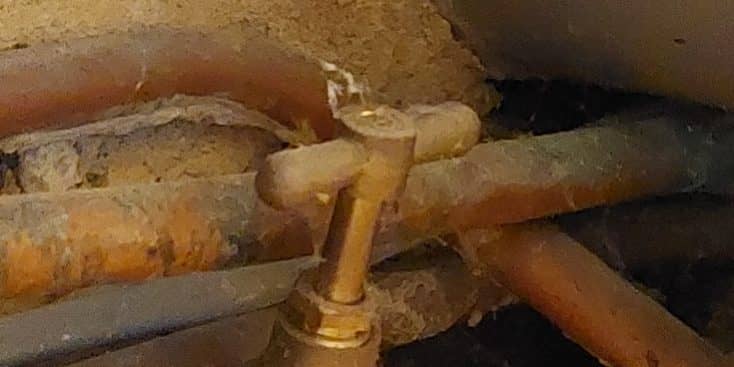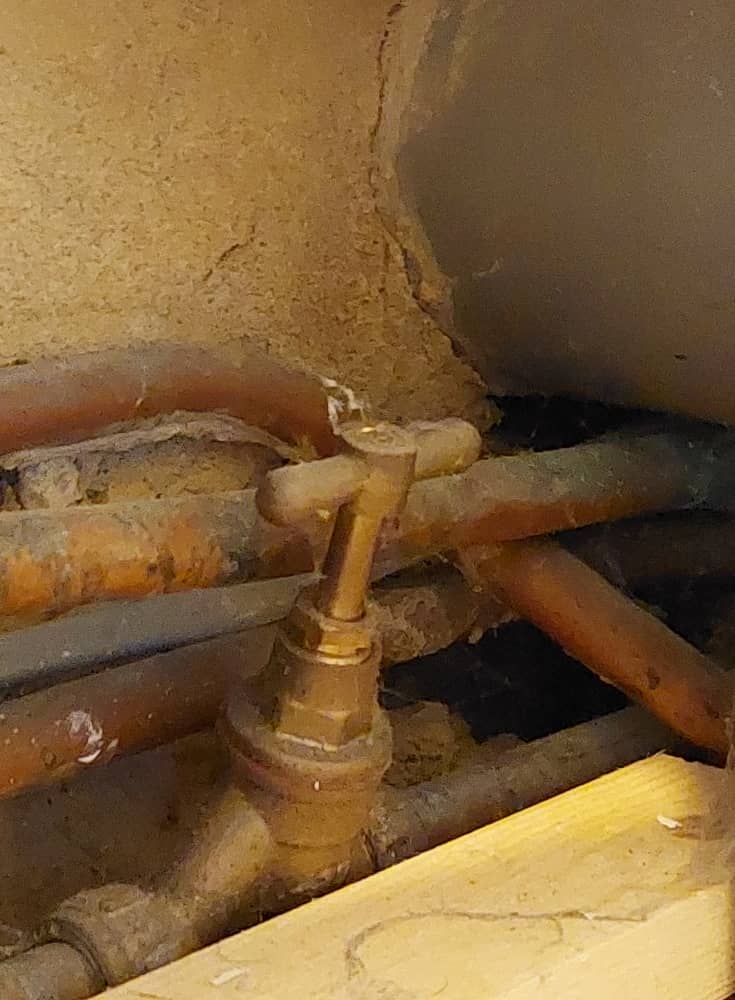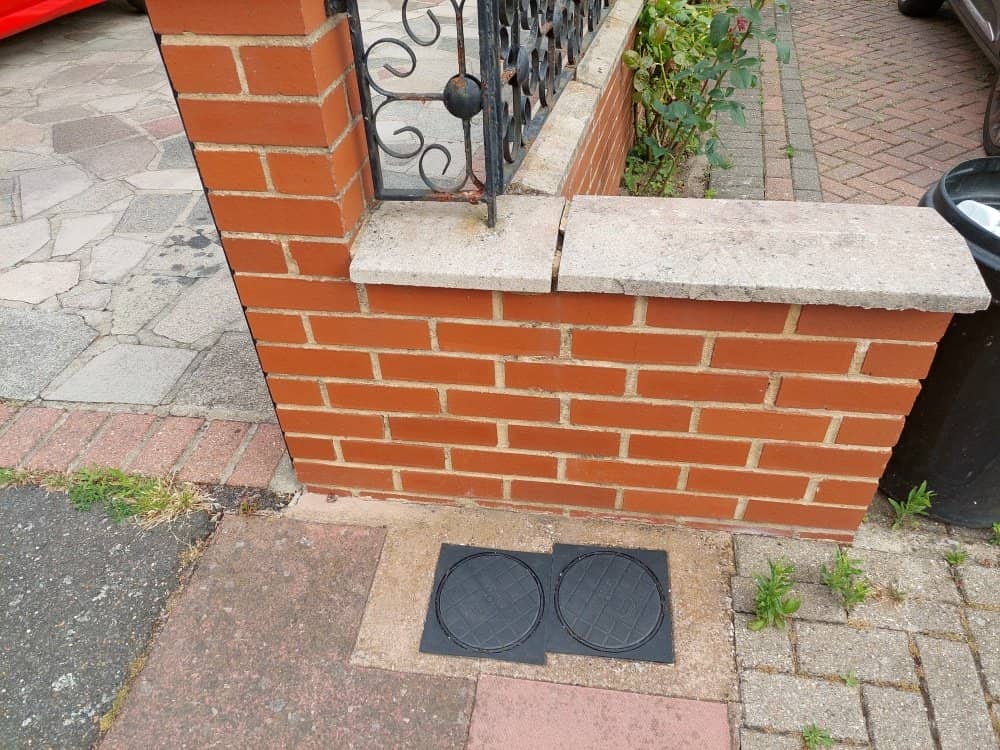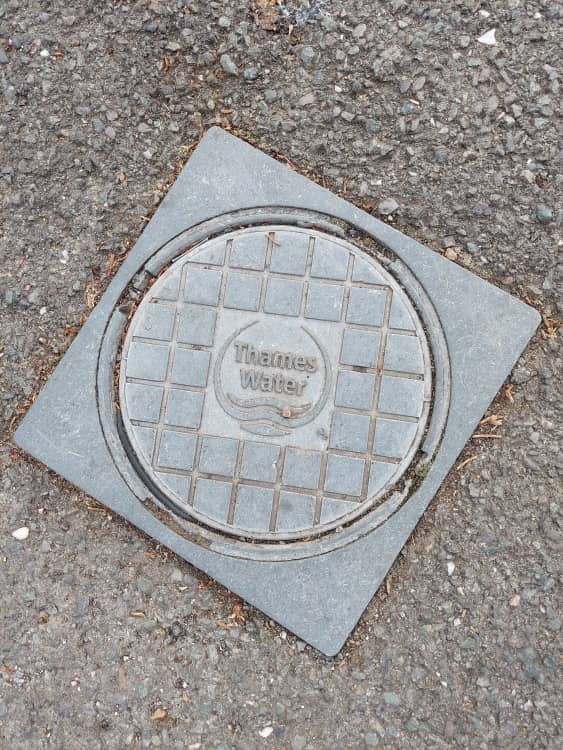
Water is essential for life, but freshwater resources are limited. Water scarcity is a growing issue, affecting billions of people and ecosystems worldwide. It plays a crucial role in agriculture, industry, and economic development, and, therefore, preserving water resources and promoting sustainable practices are necessary to ensure a secure and equitable water supply for all. The point is, water is precious and wasting it is not an option.
Knowing where your water stop valve is and how to use it (some people refer to it as a stopcock or stop tap but it all refers to the same thing) will ensure that any precious water lost in a plumbing emergency will be kept to a minimum. It doesn’t take long to lose gallons of water when pipes burst, plumbing connections are damaged, or the blocked toilet or toilet overflows. We explore how to locate your inside and outside stop valves and how to turn them on and off so that you are fully prepared if a plumbing challenge comes your way.
How to find your inside stop valve
There is no definitive place that your inside water stop valve will be. Typically, your inside stop valve will be located near to where your water pipe enters your house on the ground floor. This may be under the stairs, in a kitchen cupboard, boiler cupboard, sometimes in the bathroom, or under the kitchen sink, but there is no set place. To find your inside stop valve, you can follow these steps:
1
Know what you are looking for: An internal stop valve looks like a spout-free tap or lever and sits between two lengths of pipe acting as a connector:

2
Look for the water meter: The water meter is usually located outside the house, near the street. It is typically housed in a concrete or plastic box with a removable lid. The inside stop valve is often found near the water meter.
3
Check under the kitchen sink: In many UK homes, the inside stop valve is located under the kitchen sink. Look for a valve connected to the cold-water pipe. It may be a lever-type valve or a round wheel valve.
4
Look in the bathroom: If you can’t find the stop valve under the kitchen sink, check the bathroom(s). Look under the sink, inside vanity units, or behind toilets. Again, search for a valve connected to the cold-water pipe.
5
Inspect the utility room or airing cupboard: Some UK homes have a utility room or airing cupboard where the water supply lines are located. Check these areas for a valve along the main water supply pipe. It might be housed in a small box or concealed behind a panel.
6
Check utility areas: In some homes, the inside stop valve is found in utility rooms where the water supply lines are accessible. These areas are often laundry rooms, garages, or storage rooms. Look for a valve along the water supply line.
7
Check near the water heater: If you have a water heater, the inside stop valve might be located near it. The valve could be on the cold-water supply line leading into the water heater or on the main water supply line connected to the water heater.
8
Look for an external access point: In certain UK homes, particularly older properties, the inside stop valve might be accessed from outside the house. Check the external walls, near the front or back of the property, for a small metal cover or box that houses the valve.
9
Consult the house blueprint or manual: If you have access to the house blueprint or manual, it may provide information about the location of the inside stop valve. Check plumbing diagrams or any other relevant documentation.
If you’re having trouble locating the inside stop valve, it’s recommended to consult a plumber or contact your water company for guidance.Our plumbing repair and maintenance services can help you with this and any other plumbing issues, ensuring that your home remains safe, and your water supply stays reliable.
What about flats?
If your water supply is shared with neighbours, you may share a communal inside stop valve. Again, this is normally located near to where your water supply enters the building. Sometimes an additional stop valve can be found where the water supply enters your flat.
Who is responsible for maintaining water pipework in a property?
Responsibility for maintaining water related pipework will depend on where the problem lies. Typically:
- Pipework within your property and inside your property boundary will be the owner’s responsibility to fix.
- Pipework outside of the property boundary is owned by your water supplier and, in most scenarios, they will be responsible for it.
- Pipework that is outside your property but still within your property boundary is ultimately the owner’s responsibility. However, your water company may be able to help.
How to use your inside stop valve
How to turn your water off using the inside stop valve
There is a saying that comes in very handy for all things plumbing which is “righty tighty, lefty loosy” and as the saying goes, turn the valve clockwise to turn the water off.
It will likely take a few turns before the water stops completely. Eventually, you won’t be able to turn it anymore. Don’t use excessive force to turn it further, it can cause damage.
You may notice a little water running from your taps for a few seconds after you have turned the water off – this is the water that was left in your pipes when you turned the water off.
How to turn your water on using the inside stop valve
In this instance, you need to turn the valve anti-clockwise (lefty-loosy!). It may take a few turns before the water starts to run through the taps, as it needs to run along the pipes first.
How to find your outside water stop valve
It is always important to have a working inside stop valve to use as the primary way to turn the water to your home on and off. However, in an emergency, it may sometimes be necessary to find and turn off your outside stop valve. For example, if you experience a leak in the pipework between the inside and outside stop valves. Consider the plumber’s tips for water main repair to address the issue effectively and minimise damage.
In London, Thames Water have upgraded most of their outside valves in recent years, so they are easier for homeowners to operate. If you look near your water meter or outside the front of your property, on the pavement, there will likely be a round or square cover. If you have an older home and you share a water supply with neighbours, it may be located at the end of your road.
Typically, Thames Water outside stop valve covers look like this:


Top tip:
Set a monthly reminder in your calendar to check your inside stop valve is working properly. This way you’ll be confident you can turn off your water if needed in a plumbing emergency.
If you can’t find your stop valve, you are experiencing a plumbing emergency, or maybe you have another plumbing or heating emergency you need assistance with, the team at Maintracts Services would love to help. Our expert team of approved plumbers and heating engineers has built up extensive hands-on experience with residential and commercial jobs of all types and sizes, providing high-quality services at an affordable price and without a call out charge. Don’t hesitate to reach out to us today for prompt assistance!


